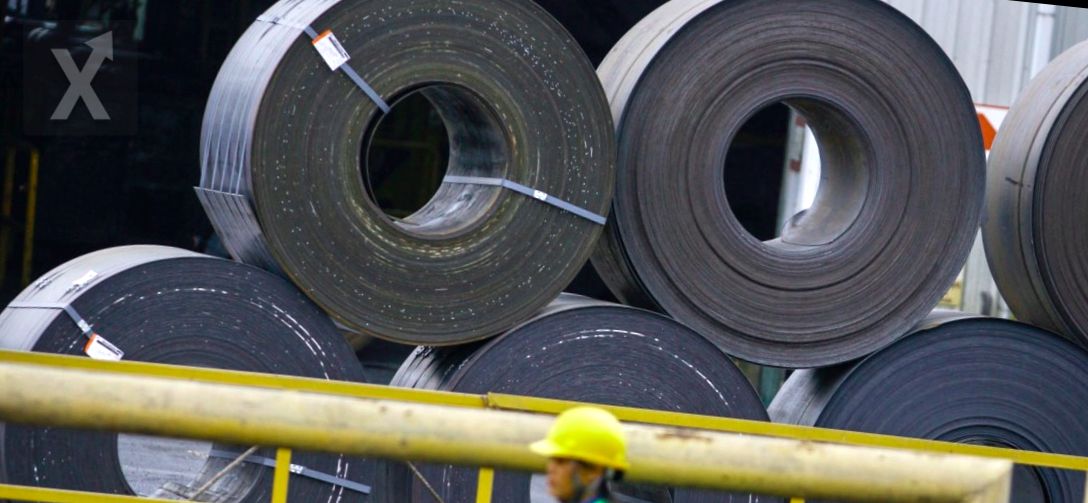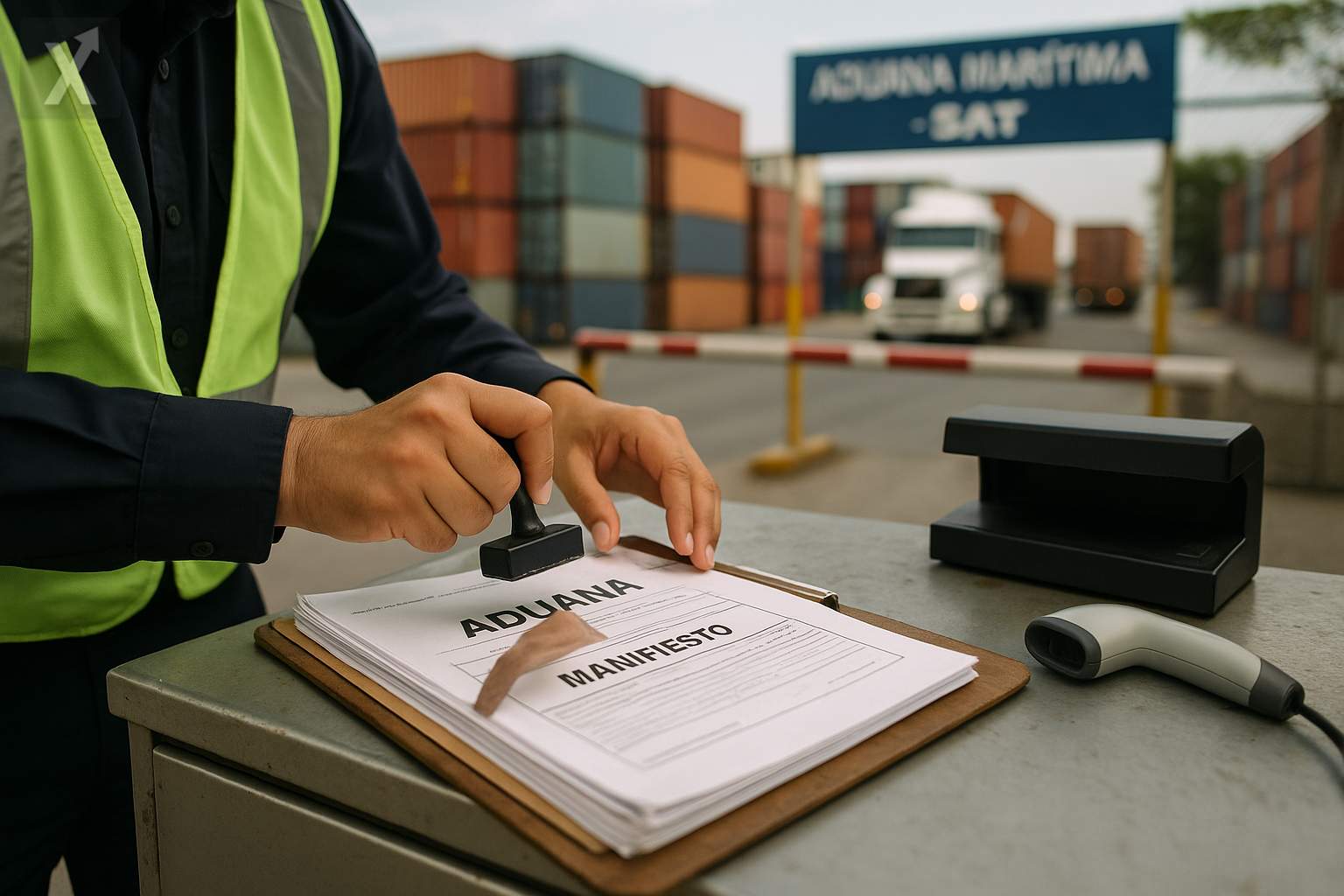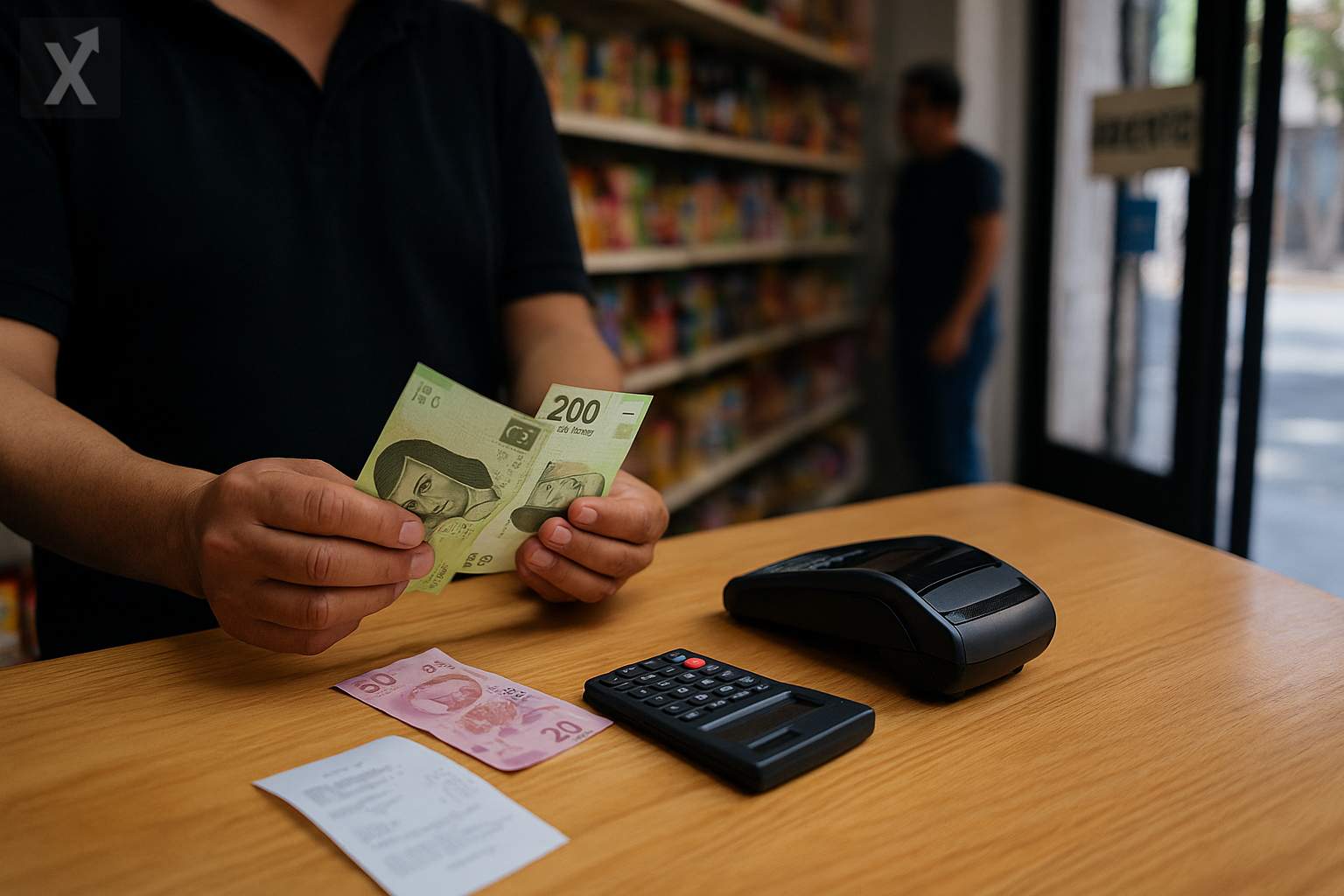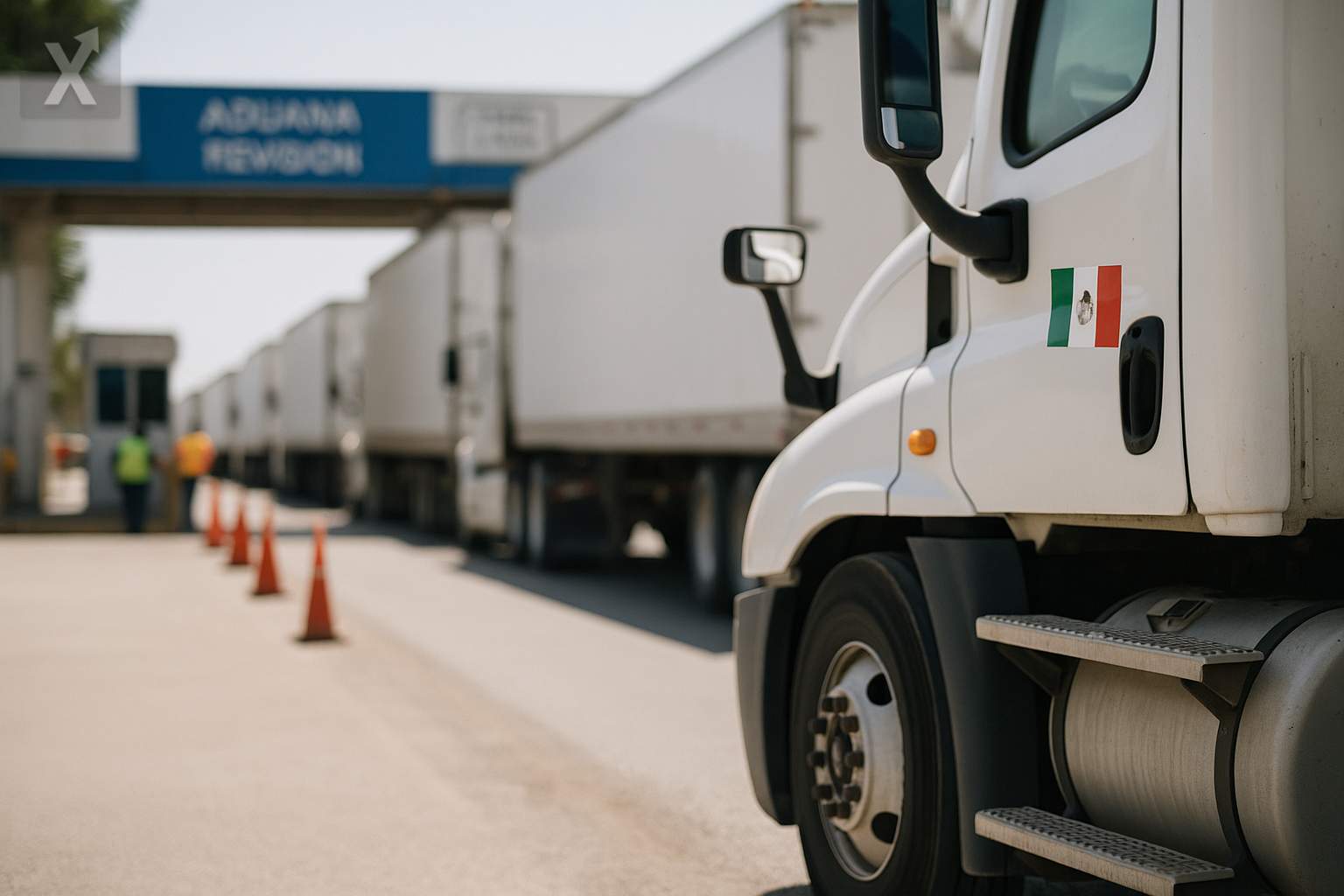Mexico Faces Economic Risks Following New 50% Steel and Aluminum Tariff Imposed by the United States

The recent decision by the U.S. government to raise tariffs on steel and aluminum imports to 50% threatens to significantly impact Mexico’s economy. Mexico sends over 80% of its exports of these metals to the United States, making it one of the countries most affected by the measure. This move reignites trade tensions between the two nations and casts doubt on the certainty of the regional trade agreement.
According to figures from the Bank of Mexico, in 2024 Mexico exported approximately $16.08 billion worth of steel and aluminum, with $13.38 billion coming from steel and $2.7 billion from aluminum. This industry, which is crucial for states like Nuevo León, Michoacán, Coahuila, and Veracruz, is not only a major source of foreign currency but also a cornerstone of industrial activity and employment, involving around 700,000 direct and indirect workers.
The National Chamber of the Iron and Steel Industry (Canacero) and several industry organizations have expressed serious concern over these new U.S. trade barriers. The Chamber reports that, after the previous tariff increase to 25%, and before the new 50% level goes into effect, Mexican sector exports were already down 3% in the first quarter of 2025. Canacero expects a much steeper drop during April and May, with exports expected to be cut in half compared to the previous year.
The economic implications go beyond raw materials, as the tariff hike also negatively impacts industries such as automotive, home appliances, and electronics, all of which depend on Mexican steel and aluminum within integrated North American value chains. Analytical entities such as the Mexican Institute for Competitiveness (IMCO) have warned that this measure will affect the competitiveness and integration of regional production chains, which are fundamental pillars of the USMCA trade agreement.
In response, the Mexican government has announced immediate negotiations in Washington to seek an exemption for Mexico from the new tariff, arguing that the United States currently runs a $4 billion surplus in the bilateral steel trade. Additionally, the government plans to require that all public works in Mexico use domestic steel as a protective mechanism for the local industry.
From the American perspective, the administration is resorting to Section 232 of the Trade Expansion Act of 1962, citing national security concerns and a decline in the use of installed capacity in the U.S. steel industry. This strategy was previously adopted by former President Trump during his earlier administration and, according to the official narrative, contributed to job creation and the strengthening of domestic production at that time.
However, on the Mexican side, there are fears that a return to protectionist policies will undermine the certainty sought by the USMCA, increasing risks for investment and employment in key sectors. In the medium term, imposing these tariffs could create distortions in regional markets, encourage unfair trade practices by third countries, and weaken supply chains that are vital to the North American economy.
In summary, the tightening of U.S. trade policy opens a new period of uncertainty for Mexico’s steel industry and, by extension, the national economy. In the short term, the impact will translate into lower exports and possible effects on jobs and investment; in the long term, the challenge will be to defend the integrity of the regional trade framework and adapt to a global environment where protectionist trends are making a comeback.






